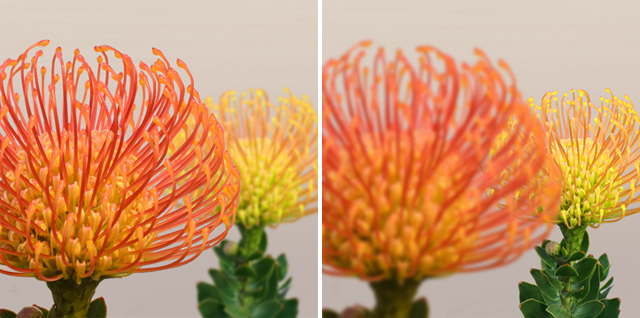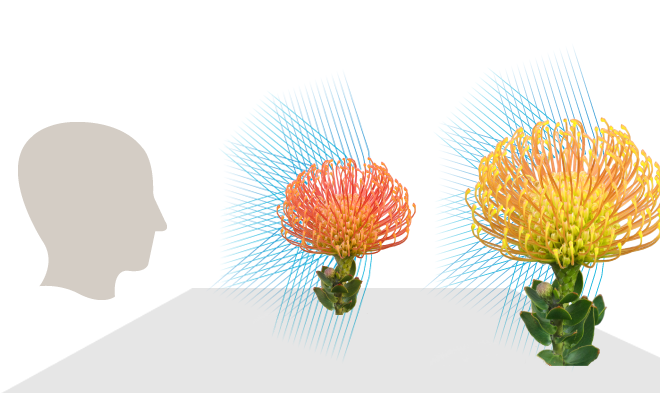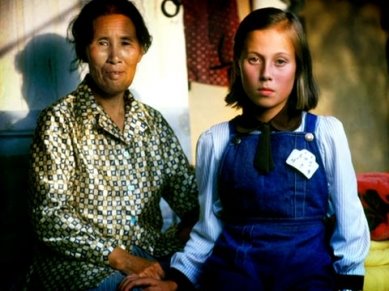How many times have you taken a "great" picture, only to review it and see that your focus was off. Or maybe you even realized this when taking the first shot. So you hurriedly reeled your subject back into focus, but by the time you were able to take another shot, the moment had passed and you missed the opportunity to capture a stunning image.
Well, have no fear! According to a small start up company called
Lytro this problem is soon to be a thing of the past. With claims to have developed a technology that will let photographers take pictures now, and focus them later, they will revolutionize picture taking.
 |
| (Photo courtesy of Lytro) |
The science behind the new "light field" camera technology is based upon just that. A light field is described by Lytro as the amount of light traveling in every direction through every point in space.
The new camera will capture the entire light field in a scene, not just a splice of the light field as conventional cameras have done in the past.
This technology will require a new sensor inside the camera appropriately named the"light field sensor" as well as highly sophisticated software that will replace many other parts currently contained in
conventional cameras.
 |
| (Photo courtesy of Lytro) |
I highly recommend checking out the
gallery Lytro has provided for potential customers to experience just how the pictures will be customizable by editing the focus points in post processing.
Professional photographers should not worry, Lytro maintains that the camera is specifically made for consumers rather than professionals. Although they have yet to commit to a release date and specific price point, in a recent interview with the
Huffington Post founder Ren Ng mentioned it would cost between $1 and $10,000.
Regardless of initial reactions or skepticism, I must admit that the thinking behind the idea is brilliant! For a company to push the limits of technology like so many are always talking about with a concept like this is abstract and mind blowing to even consider. Lytro might indeed be on it's way to providing the world with living pictures by "miniaturizing a roomful of cameras tethered to a supercomputer and making them fit into our pockets."

















